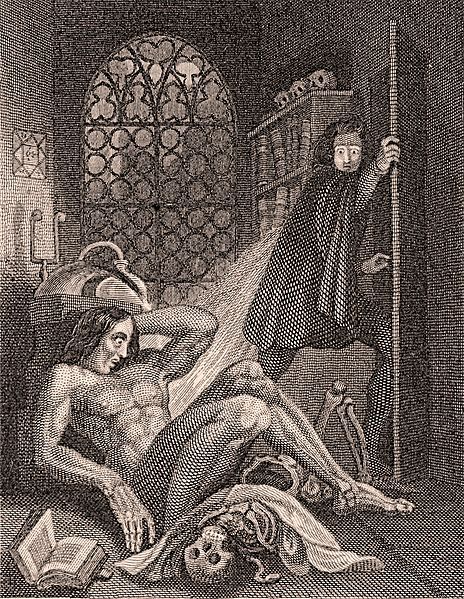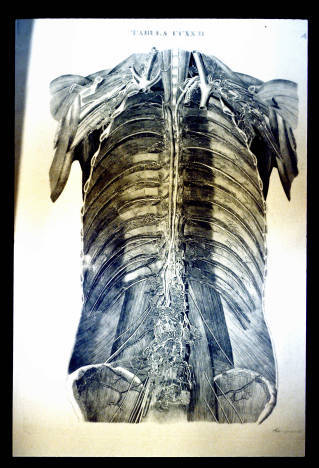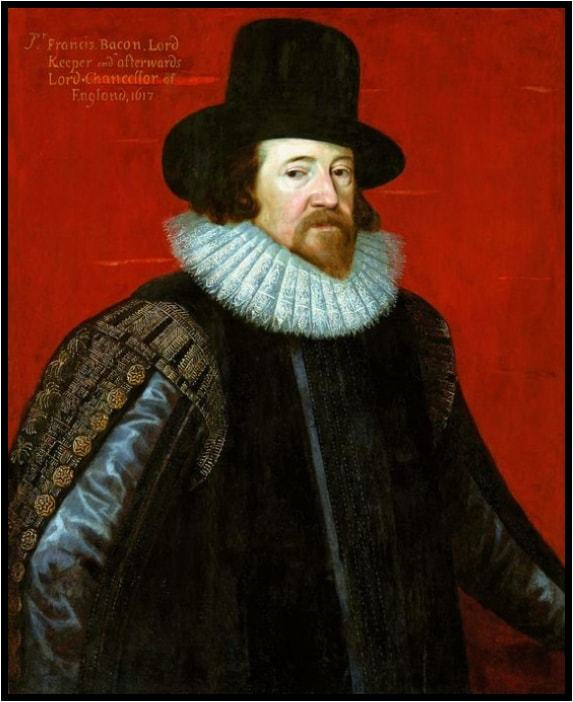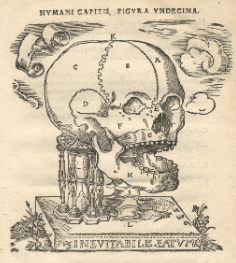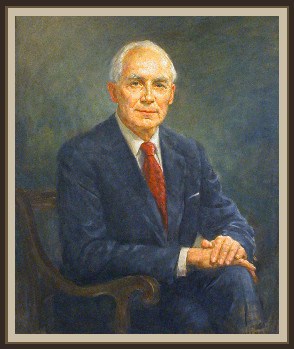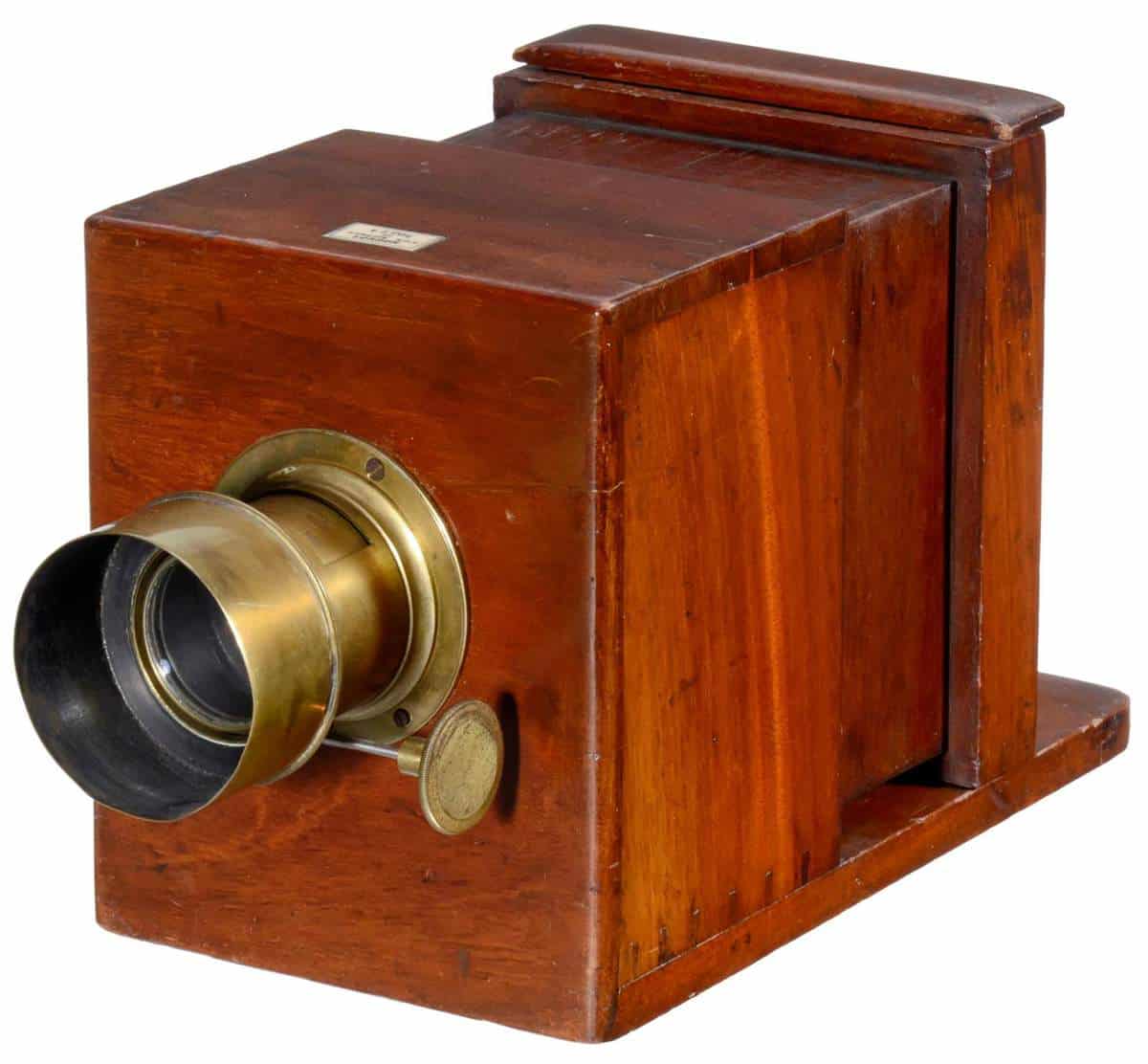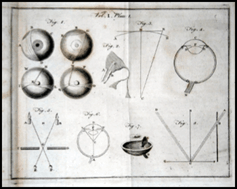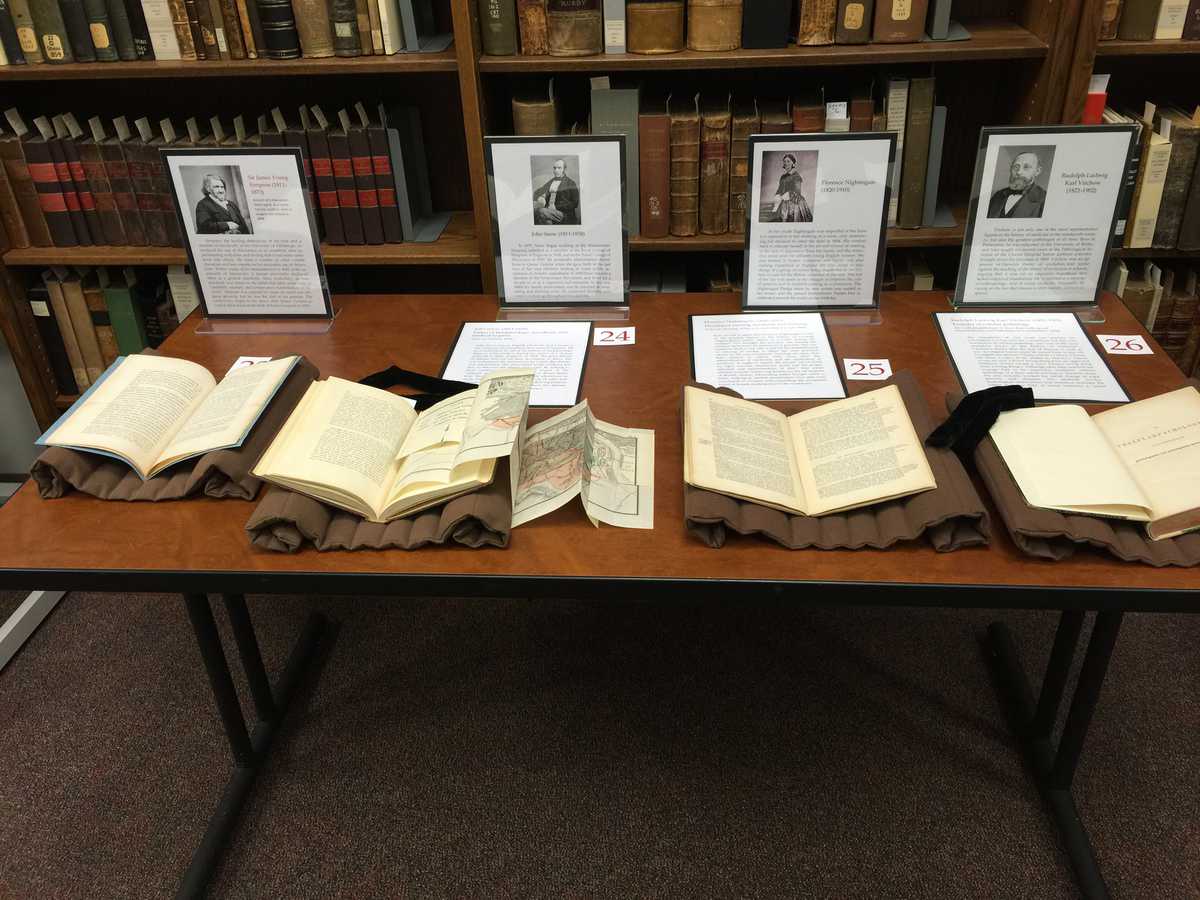John Martin Rare Book Room Open House Thursday, March 22 5-8pm Now in the 200th year since its publication, Mary Shelley’s Frankenstein, or, The Modern Prometheus continues to raise questions about humanity, scientific ethics, and the place of the monster in our imaginations. This event features books and manuscripts from the John Martin Rare BookContinue reading “Frankenstein | John Martin Rare Book Room Annual Open House | Thurs. March 22, 5-8pm”
Tag Archives: john martin rare book room
Icones Anatomicae, 1801-1813 | February 2018 Notes from the John Martin Rare Book Room @Hardin Library
LEOPOLDO MARCO ANTONIO CALDANI (1725-1813) and FLORIANO CALDANI (1772-1836). Icones anatomicae., 1801-1813 Leopoldo Caldani was chair of anatomy at Padua, and was assisted in the publication of his anatomical works by his nephew, Floriano Caldani, also a professor at Padua. Together, they created this massive, beautiful compilation of the best anatomic representations of past years.Continue reading “Icones Anatomicae, 1801-1813 | February 2018 Notes from the John Martin Rare Book Room @Hardin Library”
Medicine, Shakespeare, and Books | Open House John Martin Rare Book Room @Hardin Library | Thursday, March 23, 4pm-7pm
The University of Iowa History of Medicine Society and the University Libraries invite you to the annual open house in the John Martin Rare Book Room. Early Modern England: Medicine, Shakespeare & Books Thursday, March 23, 2017, 4pm-7pm John Martin Rare Book Room, 4th Floor, Hardin Library for the Health Sciences 37 books from 1531Continue reading “Medicine, Shakespeare, and Books | Open House John Martin Rare Book Room @Hardin Library | Thursday, March 23, 4pm-7pm”
Johannes Dryander | June 2016 Notes from the John Martin Rare Book Room @Hardin Library
JOHANNES DRYANDER (ca. 1500-1560). Anatomiae. Marburg: Apud Eucharium Ceruicornum, 1537. Dryander (also known as Eichmann), professor of surgery at Marburg, was a friend of Vesalius and among the first anatomists who made illustrations after their own dissections. This Anatomiae appeared six years before Vesalius’ great work. This was the first significant book on the anatomyContinue reading “Johannes Dryander | June 2016 Notes from the John Martin Rare Book Room @Hardin Library”
Phil’s Day 2016 | Philanthropy @Hardin Library
Phil stands for philanthropy, and this year we celebrate on April 28. Hardin Library for the Health Sciences and the John Martin Rare Book Room exist because of generous gifts. The John Martin Rare Book Room was started with a gift of Dr. Martin’s extensive collection of 3000 original, historical medical books from the 15th Century-presentContinue reading “Phil’s Day 2016 | Philanthropy @Hardin Library”
R. Palmer Howard Dinner | History of Medicine Society | Ink & Silver Medicine, Photography, & the Printed Book 1845-1890 | Friday April 22
The University of Iowa History of Medicine Society invites you to attend the 2016 R. Palmer Howard Dinner on Friday, April 22, 2016 at the Sheraton Hotel, Iowa City. Reception begins at 6pm, followed by a buffet dinner and presentation. Stephen Greenberg will talk on the use of photography in 19th Century printed medical books.Continue reading “R. Palmer Howard Dinner | History of Medicine Society | Ink & Silver Medicine, Photography, & the Printed Book 1845-1890 | Friday April 22”
March 2016 Notes from the John Martin Rare Book Room @Hardin Library | William Porterfield (1695-1771) | Treatise on the eye
WILLIAM PORTERFIELD (1695-1771). A treatise on the eye, the manner and phaenomena of vision 1st edition. 2 vol. Edinburgh: Printed for A. Miller at London, 1759. Porterfield was born in Ayrshire, Scotland, received his M.D. in 1717 at Rheims, and by 1721 was practicing in Edinburgh. Porterfield was made a professor at the University ofContinue reading “March 2016 Notes from the John Martin Rare Book Room @Hardin Library | William Porterfield (1695-1771) | Treatise on the eye”
Medical History Innovation : Selected Pioneers | John Martin Rare Book Room @Hardin | Open House, Thurs. March 31, 4-7pm
Visit the annual Open House in the John Martin Rare Book Room at Hardin Library on Thursday, March 31 from 4-7pm. 34 books will be on display, with a focus on medical innovations from 1527-1936. For more information on the History of Medicine Society, or to donate, please see: http://hosted.lib.uiowa.edu/histmed/index.html Open House 2016 InnovatorsContinue reading “Medical History Innovation : Selected Pioneers | John Martin Rare Book Room @Hardin | Open House, Thurs. March 31, 4-7pm”
Notes from the John Martin Rare Book Room, July 2014: Nathaniel Highmore
Nathaniel Highmore (1613-1685) Corporis Humani Disquisitio Anatomica The Hague: Ex oficina Samuelis Brown, 1651. [Image via Fisher Library Digital Collections, University of Toronto]. Nathaniel Highmore of Dorset, England was a British surgeon known for his 1651 treatise on anatomy, the first of its kind to give an accurate account of the circulatory system. Highmore studiedContinue reading “Notes from the John Martin Rare Book Room, July 2014: Nathaniel Highmore”
Elements of the Practice of Medicine
Notes from the John Martin Rare Book Room June, 2014 RICHARD BRIGHT (1789-1858) and THOMAS ADDISON (1793-1860). Elements of the practice of medicine. London: Longman, Orme, Brown, Green, and Longmans, 1839. [ezcol_1half] [/ezcol_1half] [ezcol_1half_end]This rare work represents a joint undertaking by two of the most famous physicians in nineteenth-century Europe. The preface describes it asContinue reading “Elements of the Practice of Medicine”
